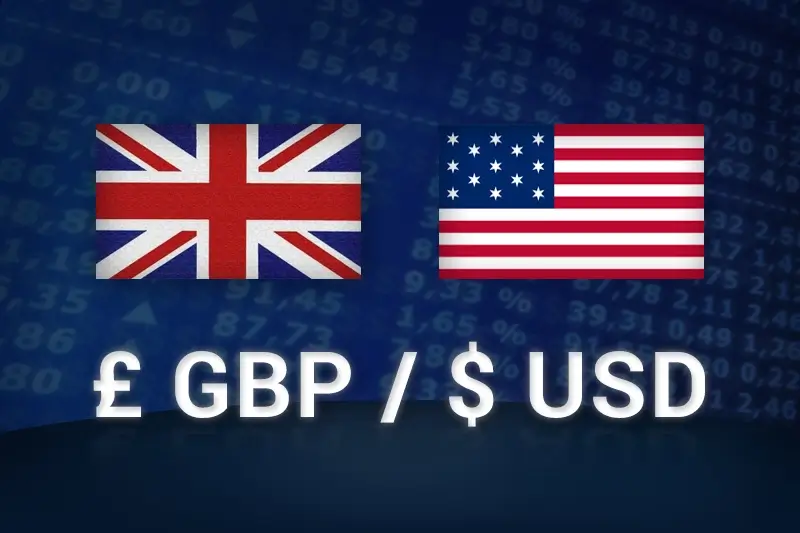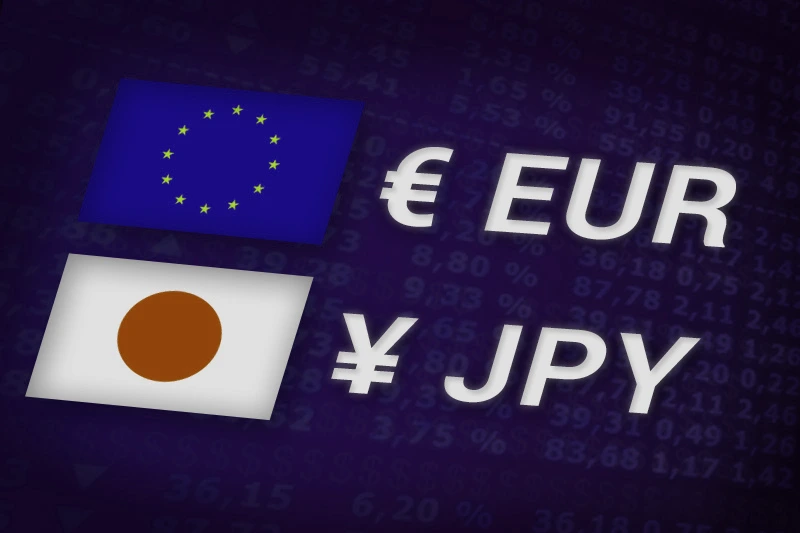
GBP/USD waiting for a directional indication after rally stalled
On the one-hour chart, GBP/USD is forming higher highs and higher lows after dropping to its two-year low at 1.19341. Moreover, buyers achieved gains above both the 50 and 200-exponential moving averages. Nonetheless, to ensure that the uptrend continues, it is imperative that the pair breaches Thursday's top at 1.24047.
In the short term, the candlesticks' bodies are shortening, which implies positive momentum is waning as buying forces do not seem strong enough to end on a higher note. In light of that, we shouldn't be surprised if the price consolidates around the 200-EMA for some time until we get a better indication of the market's direction. A sustained rally for the pound should lead to the price going higher than its previous high, resulting in a larger candlestick body. If that is the case, the pair may go higher to test the 1.24047 resistance level. Assuming the price moves above this roadblock for a sustained period, the next hurdle would be 1.24700.
Alternatively, suppose price consolidation leads to an increase in selling pressure. The price can then make its way back down towards the 1.22507 support, which coincides with the 50-EMA. When this confluence breaks, the short-term uptrend will reverse, and more sellers will enter the market, dragging the pair to the 1.22061 level.
Momentum oscillators reflect a fading bullish bias. RSI is moving away from the buying region into the neutral zone, suggesting buyers are giving up. Moreover, momentum is receding from its recent peak, pointing down towards the 100-threshold. Similarly, the MACD bars are decreasing in positive territory below the falling signal line.

Technical Analysis
Discover ideal profit opportunities for your everyday trading with the help of our in-depth technical insights comprised of facts, charts and trends.









